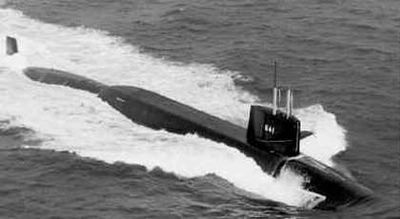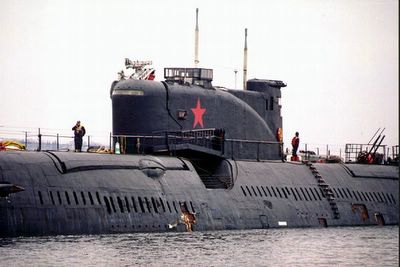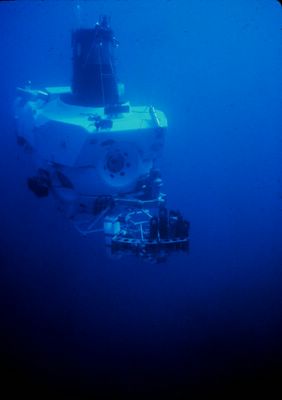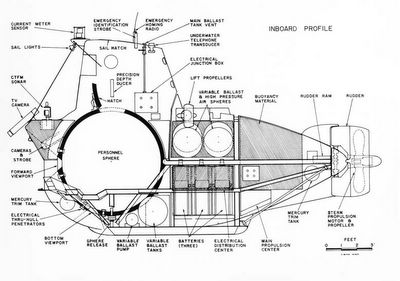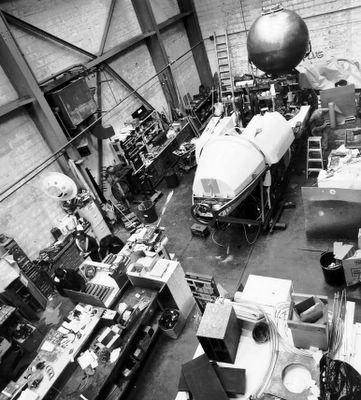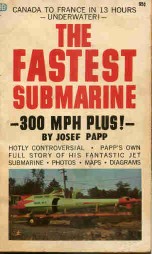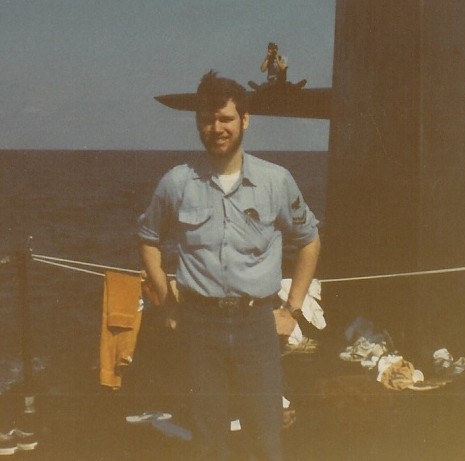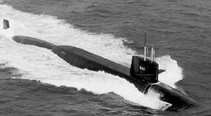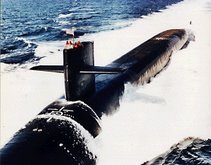The below photo of the Virginia during construction has three holes circled where a new fiber optic Lightweight Wide Aperture Array (LWAA) is to go.
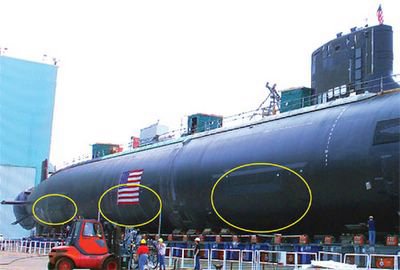
USS Virginia (Source: US Navy - NRL)
The system is the first fiber optic surveillance grade acoustic sensor system on an operational platform. Information can be found on the system's development from 1980's to production in 2000 at the Office of Naval Research, Naval Research Laboratory Review 2004 - "Development of the Fiber Optic Wide Aperture Array: From Initial Development to Production". Six sonar arrays three per side composed of Lasers and Fiber Optics translates to high bandwidth, I would think.
For a taste of how some of the consoles may function and integrate with other systems, I found this article from Undersea Warfare Magazine Fall of 2000 on the USS Virginia's Onboard Team Trainer Master Controller (OBTT MC).

OBTT Prototype (Source: US Navy)
The onboard simulation system will be capable of supporting a whole host of contacts including up to:
• 10 Medium Frequency Active (MFA) and Passive Sonar Contacts.
• 20 High Frequency Active (HFA) Sonar Contacts.
• 20 Tactical Weapon Simulator (TWS) Contacts.
• 35 Imaging Contacts (Visual/Infrared).
• 128 ESM Contacts.
• 10 Radar Contacts, and
• 8 stored harbor models for ingress and egress training.
The system will also interface with the ships Communication suite simulating Over-the-Horizon/Global Command and Control System-Maritime (OTH/GCCS-M) communications.
The system uses of Commercial-off-the-Shelf (COTS) components to conduct onboard and at-sea simulated engagements comparable to those of a shore-based team trainer.
Conceptual info Video Links:
I did find some cool broadband streaming video over at the Lockheed Martin video gallery covering some of the concepts incorporated or proposed for the Virginia class submarine.
The first concept is leveraging Commercial-off-the-Shelf (COTS) components to increase adaptability and processing power. Link "Always the Leader"(5.53 MB .WMV)
Next is the idea of optimizing for a time sensitive target strike through a system called "Transformational Tactical Targeting". Key component of the concept is the GCCS-M mentioned above. Link "T3" (9.57 MB .WMV)
Finally the "Sea Talon" Submarine launched UUV for littoral areas. Link "Sea Talon" (9.19 MB .WMV)
Although none of video is of the interior of a Virginia class sub they do provide a look into some of the concepts incorporated in that class of submarine. I also have to say Lockheed Martin has a slick marketing department, lots of cool stock submarine footage and a forceful narration to put their concepts and products forward.

